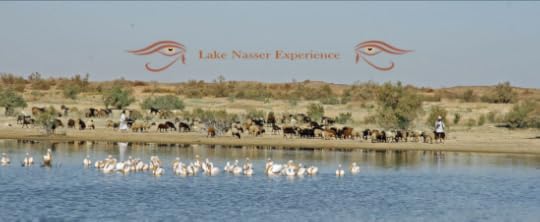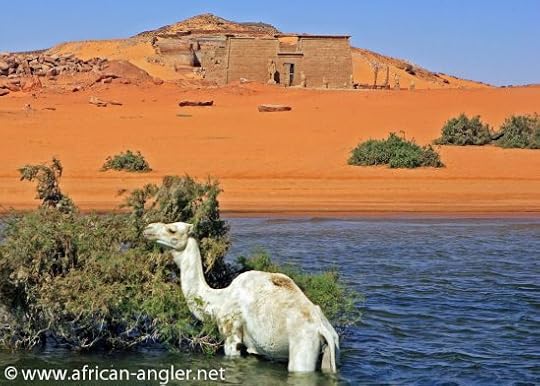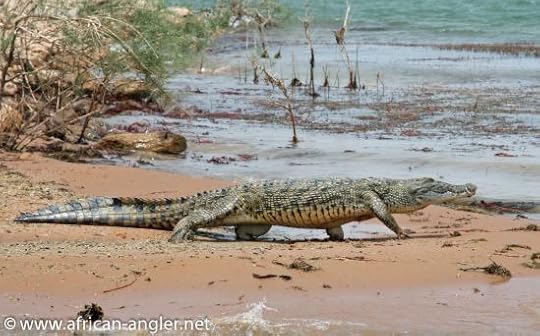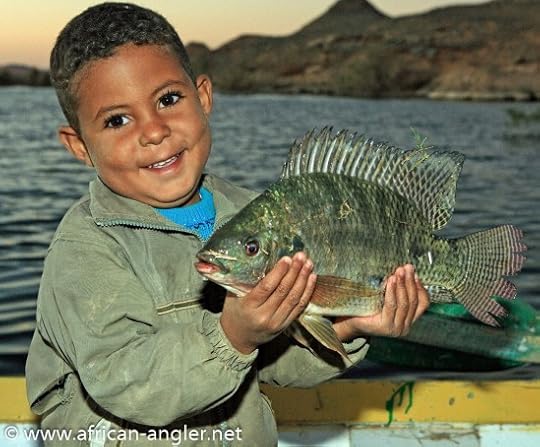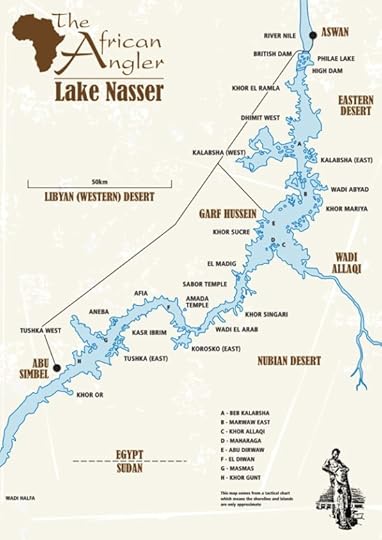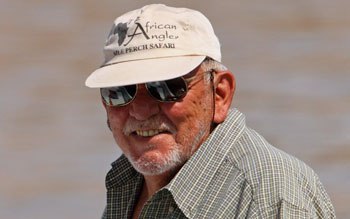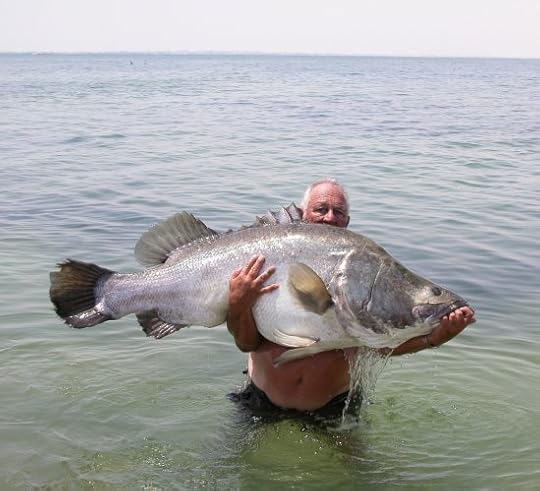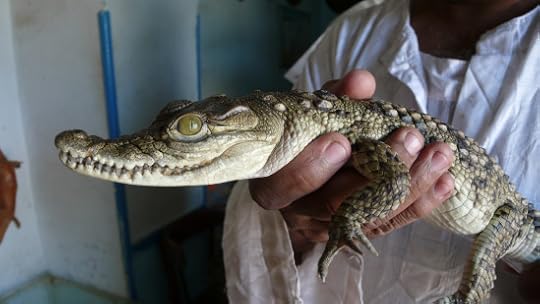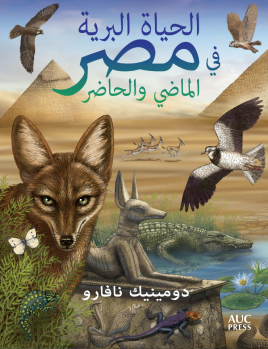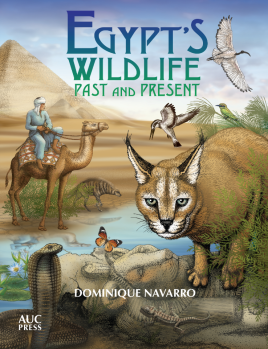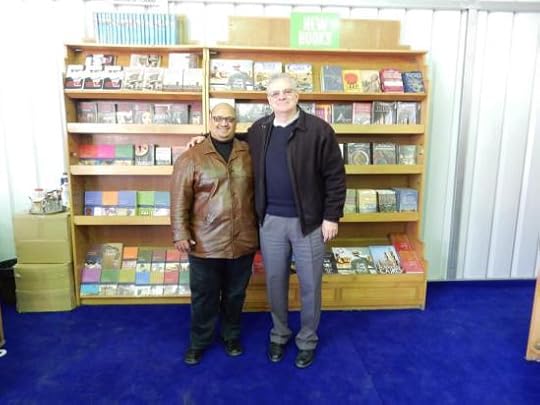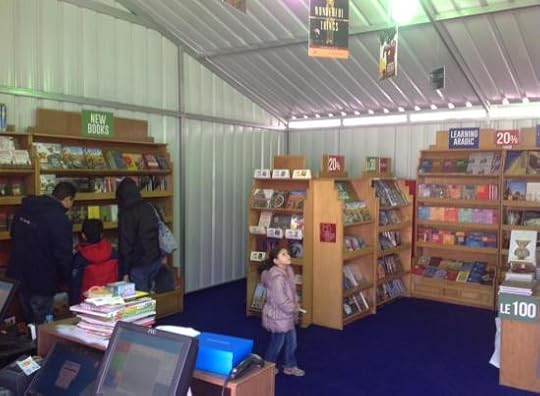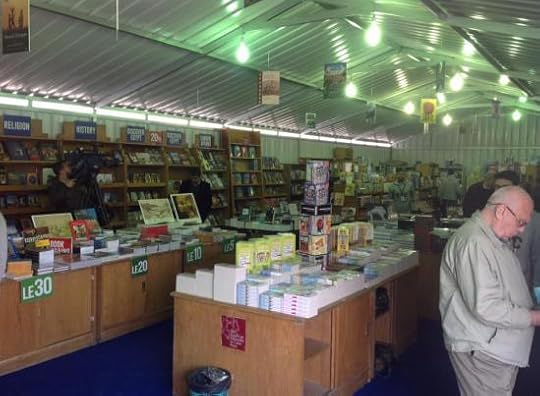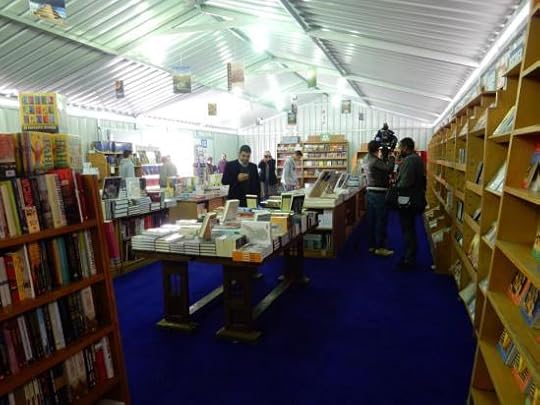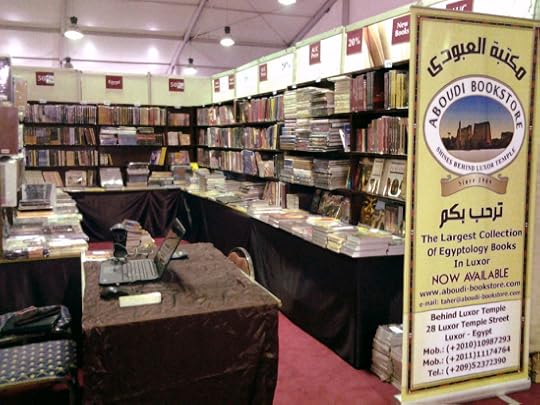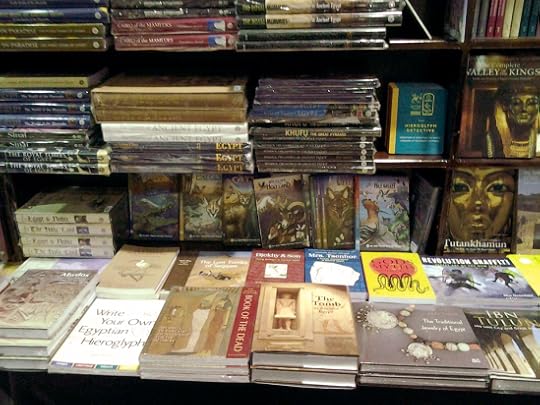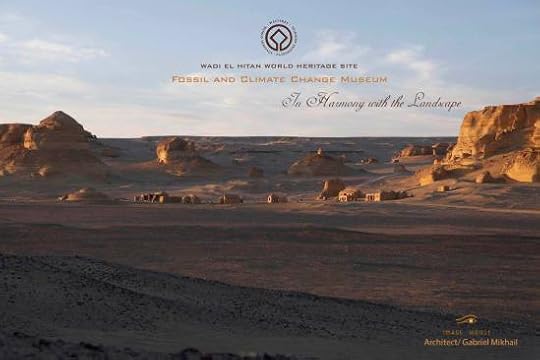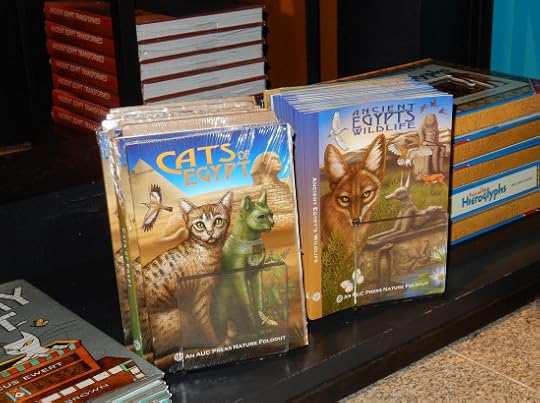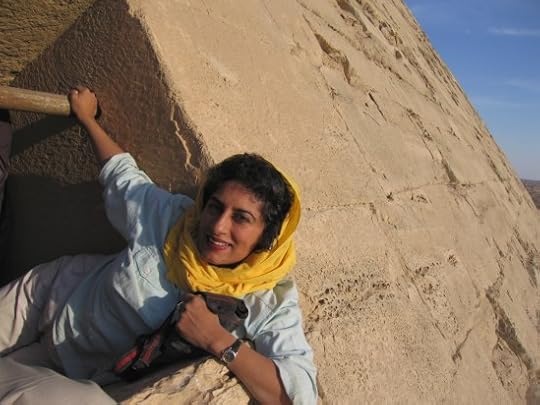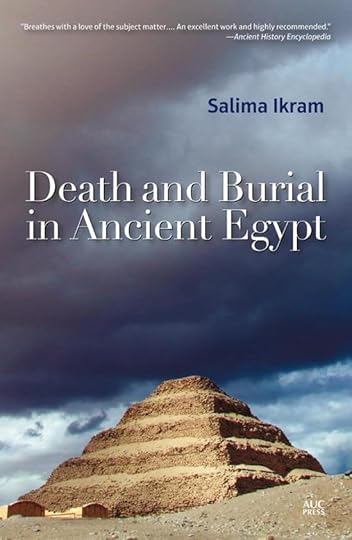Dominique Navarro's Blog, page 9
January 28, 2016
Lake Nasser Experience — Tim Baily’s Small Boat Safari
Egypt’s Natural Treasure
Desert Bedouin co-existing with nature… timeless as the desert itself
* These boat trips help support a loyal Nubian staff who rely on this work for their livelihood as well as their families; many have been with the company for more than 15 years!
Lake Nasser Small Boat Safari
If you enjoy nature and the out of doors then here is a chance to experience a totally unique open-air adventure which is also ideal for families. Come on a small boat safari to explore Lake Nasser’s magnificent desert landscapes and biodiversity in your own private live aboard boat supported by a well-appointed mother ship and safari crew who will take good care of you on an African style boat safari; an experience which cannot be underestimated.
There is a lot to see and do, in many ways it’s like visiting a game park where you explore in your own live aboard boat, viewing spectacular scenery and wild life, go for walks in a desert environment or meet the desert nomads. At the same time enjoying the experience of a traditional safari waited on ‘hand & foot’ by an experienced team of Nubian safari staff and guides. Our most popular safari is the cruise between Aswan and Abu Simbel visiting the Temples of Abu Simbel.
The lake supports an impressive variety of birds, mammals, and reptiles. Over 100 species of birds have been recorded and the area is an important staging point for migrant and over-wintering birds. This bird population is followed by their predators; Nile crocodiles and monitor lizards and other species of wildlife include Dorcas gazelle, jackals, desert fox, and various other desert mammals also inhabit the shoreline and islands. Transient peasant fishermen fish the lake using traditional rowing boats; there is no modern commercial fishing on the lake. The residents are Desert Bedouin camel and sheep herdsmen who graze their flocks on the sparse vegetation growing on the shoreline.
A small Boat Safari is similar to the old African ‘Hemmingway’ style where 4X4 vehicles are used for game viewing, while large support trucks, carrying the equipment and safari staff, went on ahead to set up luxury camps. Our safaris are similar except we use live aboard boats instead of land vehicles; a more worthwhile adventure than sailing down the middle of the lake in a huge cruise ship. To find out how a Small Boat Safari work please refer to Safari Boats & Crew
Our objective is to offer affordable first class holidays personalized to small groups of individuals and families who would like a break from crowded tourist sites and experience Egypt from a different perspective” Tim Baily: Founder of African Angler Pty Ltd.
Visit http://www.african-angler.net/lake-nasser-experience for details about safari boat offers, reservations, and details!
Discounts
Family: Adults pay the full amount under the price band of the number of family members travelling together and each child who is 20 years old or younger will get a 20% discount off the same price band.
Organizer: If you have a group of six or more adults coming on the same safari the ‘organizer’ who is the 6th person gets a 20% discount off the cost of their safari.
In 1993 Tim Baily, the founder of African Angler, had the privilege of being the first to pioneer small boat safaris on Lake Nasser. Both Tim and Peter Baily were born and raised in Kenya, and have been involved in the safari business for most of their lives which has brought the atmosphere of traditional African “Hemingway” style safaris to Lake Nasser combined with old style hospitality and attention to service.
For the past 20 years we have been operating sport fishing safaris targeting and releasing one of the biggest fresh water fish in the world – the legendary Nile perch. Our fishing safaris are ‘second to none’ and most anglers who come for the first time will catch the largest ‘wild’ fresh water fish of their life and have an angling adventure they will never forget.
Using the experience gained by our safari teams and guides, we have also introduced ecology related holidays to this picturesque desert lake.
Filed under: Egypt News - Environment & Egyptology








“Fugitive Crocodiles” of Egypt “on the run”
The Nile crocodile has long been absent from Egypt’s Nile, where it once ruled the river alongside hippopotamus. Unlike hippos however, crocodiles have not gone completely locally extinct in the country. Lake Nasser—the huge reservoir in southern Egypt, created when the Aswan High Dam was built in 1970—is one of the largest man-made lakes in Africa, and has become a vital habitat for many varieties of fish and mammals, resident and migrating birds, and reptiles including Egypt’s remaining population of crocodiles. The dam has acted as a barrier for animals traveling down the river, toward Luxor and Cairo. But for crocodiles who do wind up downriver, they have apparently acquired the name “fugitives,” at least according to recent articles by Ahram Online. http://english.ahram.org.eg/NewsContent/1/64/186125/Egypt/Politics-/Fugitive-crocodiles-spotted-in-canal-in-Cairo-neig.aspx
Egypt’s environment minister has said around three fugitive crocodiles have been located in a roadside canal in the Cairo suburb of Matariya, while locals allege a larger number of the reptiles have been seen on the run.
…the crocodiles are likely to either have been thrown there by locals who raise them at home but later get rid of them when they get bigger, or they escaped enclosures in farms that keep them to utilise their skins as leather. After being captured, the crocodiles are often sent to the Giza Zoo.
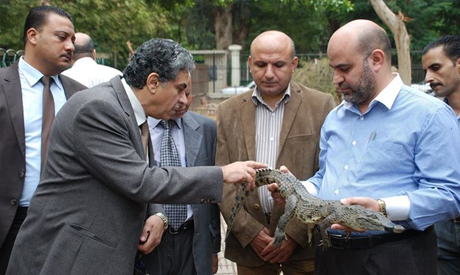 In November 2015, a 90-centimeter Nile crocodile was captured by Egyptian authorities in an irrigation canal in Giza’s Nahya district. The environmental ministry, with the help of experts from the Nature Reserve Authority (NRA) in Upper Egypt, was able to capture the reptile by setting traps and decreasing the water level in the area’s drainage system. The crocodile was sent to the Giza Zoo to be examined by veterinarians with plans to later free the reptile into Lake Nasser in Upper Egypt. http://english.ahram.org.eg/NewsContent/1/0/162770/Egypt/0/Wild-crocodile-removed-from-Giza-irrigation-canal-.aspx
In November 2015, a 90-centimeter Nile crocodile was captured by Egyptian authorities in an irrigation canal in Giza’s Nahya district. The environmental ministry, with the help of experts from the Nature Reserve Authority (NRA) in Upper Egypt, was able to capture the reptile by setting traps and decreasing the water level in the area’s drainage system. The crocodile was sent to the Giza Zoo to be examined by veterinarians with plans to later free the reptile into Lake Nasser in Upper Egypt. http://english.ahram.org.eg/NewsContent/1/0/162770/Egypt/0/Wild-crocodile-removed-from-Giza-irrigation-canal-.aspx
In 2013, Aswan was planning to capture a 3 meter (nearly 10 foot) long crocodile weighing 200kg spotted near the city’s Low Dam. http://english.ahram.org.eg/NewsContent/1/0/68141/Egypt/0/Massive-crocodile-found-in-Egypts-Aswan.aspx
According to studies made in 2013, crocodile numbers in Lake Nasser have slumped dramatically due to illegal overfishing and poaching amid the security vacuum, dropping by half over the past few years: only 41 crocodiles were found recently in Khor Korosko, part of the lake where crocodiles live, compared to 81 three years ago. Large crocodiles are captured because their skin fetches very high prices, and are still a commodity of tourism, both alive and dead. http://english.ahram.org.eg/NewsContent/1/64/82444/Egypt/Politics-/Dozens-of-crocodiles-stolen-from-Egypts-Lake-Nasse.aspx
Beginning in 2010, Egypt’s Ministry of Environment embarked on a campaign against the illegal trade of Nile crocodiles, who currently face the threat of extinction, while being used as tourist attractions, displayed in bazaars, and hotels.
The environmental police noticed several irregularities in Luxor governorate, where at least five crocodiles were found on display in cages. Those crocodiles were confiscated to be released into Lake Nasser, in accordance with the CITES (Convention on International Trade in Endangered Species) agreement which considers alligators one of the most endangered species. http://english.ahram.org.eg/NewsContent/1/0/1875/Egypt/0/Ministry-of-Environment-fights-crocodile-trade.aspx
Fugitive crocodiles spotted in canal in Cairo neighbourhood — http://english.ahram.org.eg/NewsContent/1/64/186125/Egypt/Politics-/Fugitive-crocodiles-spotted-in-canal-in-Cairo-neig.aspx
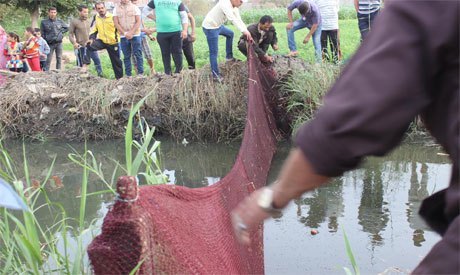 Rescue workers attempting to capture a fugitive crocodile in Nahya town in Giza, November 4, 2015 (Photo: Giza Zoo Facebook page)
Rescue workers attempting to capture a fugitive crocodile in Nahya town in Giza, November 4, 2015 (Photo: Giza Zoo Facebook page)Egypt’s environment minister has said around three fugitive crocodiles have been located in a roadside canal in the Cairo suburb of Matariya, while locals allege a larger number of the reptiles have been seen on the run.Minister Khaled Fahmy said late Wednesday more than one crocodile has been pinpointed, including a 30 centimetre-long one, stopping short of providing an exact count.
“What we have pinpointed is more than one. There could be two or three,” Fahmy said in TV comments aired by privately-owned satellite channel Dream TV.
One of the locals who has filed a complaint to the government alleged “five or six” of the reptiles have been seen at the Ismailiya Canal, terrifying residents of the area.
“They have appeared and we’ve seen them. Everyone is terrified,” Mohamed said in TV comments Wednesday.
He claims the fugitive crocodiles measure up to 1.5-2 metres long.
The minister said special workers are currently surveying segments of the canal to capture the animals.
He said the crocodiles are likely to either have been thrown there by locals who raise them at home but later get rid of them when they get bigger, or they escaped enclosures in farms that keep them to utilise their skins as leather.
After being captured, the crocodiles are often sent to the Giza Zoo.
Several similar incidents have occurred in recent months. In November, a crocodile measuring 90 centimetres was captured in the sewage system in Nahya village in Giza, south of Cairo. It is now kept at the zoo.
Another crocodile was captured in a sewege system in Beni Suef in December.
Filed under: Egypt News - Environment & Egyptology








January 26, 2016
New Books and the AUC Press at Cairo International Book Fair 2016 (27 January – 10 February)
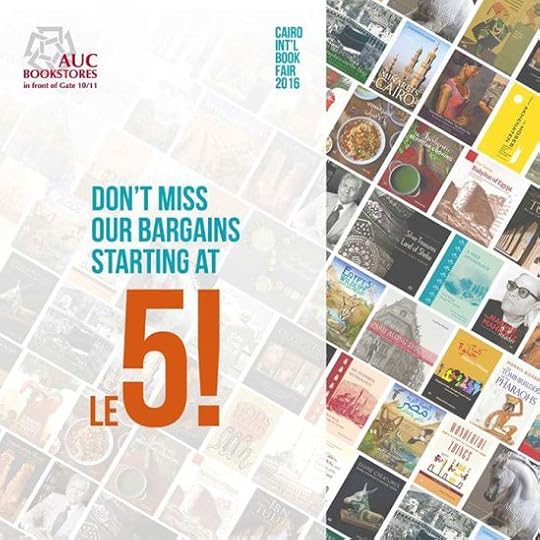
The AUC Press will be participating this month in the Cairo International Book Fair 2016, at the Nasr City Fair Grounds.
The CIBF begins on 27 January and ends on 10 February. The large AUC Press booth will be open daily from 9:00am – 9:00pm.
Check out the AUC Press website, Facebook and Twitter for regular updates, special offers, discounts, and much more.
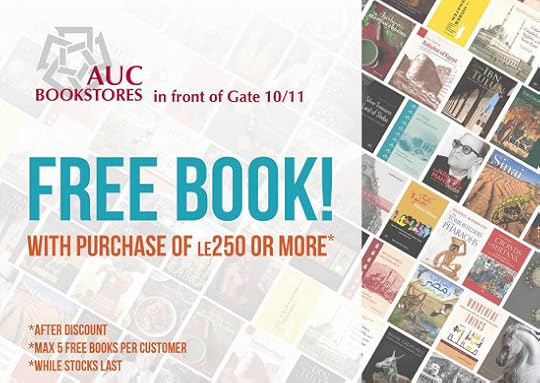
Dominique Navarro’s new books are also available at this event: Egypt’s Wildlife, Past & Present, in English and Arabic! Compiling many of the images and information found in the most popular AUC Press Nature Foldouts into one book, but available in Arabic for the first time! A comprehensive introduction to Egypt’s natural history and wildlife today.
You can find them on the NEW BOOKS shelves at the AUC Press booth!
The director of AUC Press and bookstore owner Aboudi at the Cairo International Book Fair! New books by Dominique Navarro directly behind Nigel’s head!
Luxor’s Aboudi Bookstore is also at the Book Fair, offering a huge collection of Egyptology books and AUC Press Nature Foldouts! www.aboudi-bookstore.com
Filed under: AUC Press Nature Foldout News Updates








AUC Press at Cairo International Book Fair 2016 (27 January – 10 February)
The AUC Press will be participating this month in the Cairo International Book Fair 2016, at the Nasr City Fair Grounds.
The CIBF begins on 27 January and ends on 10 February. The large AUC Press booth will be open daily from 9:00am – 9:00pm.
Check out the AUC Press website, Facebook and Twitter for regular updates, special offers, discounts, and much more.
Luxor’s Aboudi Bookstore is also at the Book Fair, offering a huge collection of Egyptology books and AUC Press Nature Foldouts! www.aboudi-bookstore.com
Filed under: AUC Press Nature Foldout News Updates








January 25, 2016
Wadi El Hitan Fossil & Climate Change Museum
The gorgeous new Wadi El Hitan Fossil & Climate Change Museum opened in the protected area of Wadi El Hitan near Fayoum in the Western Desert of Egypt. Concept, design, architecture and display by the brilliant Gabriel Mikhail. 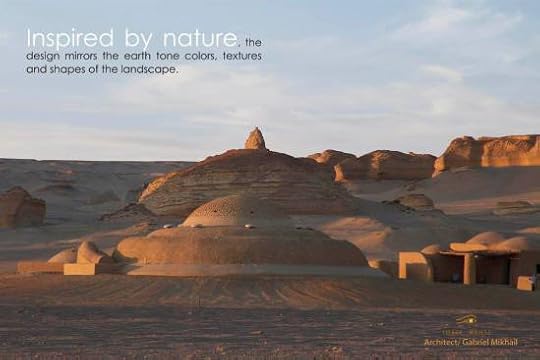
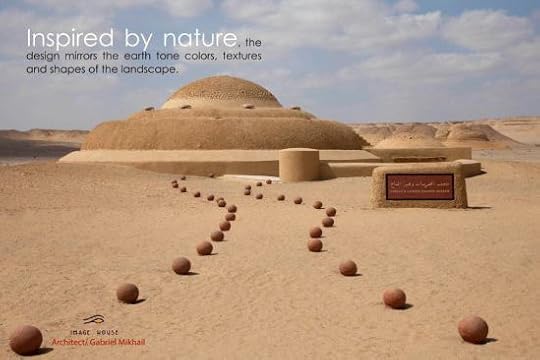
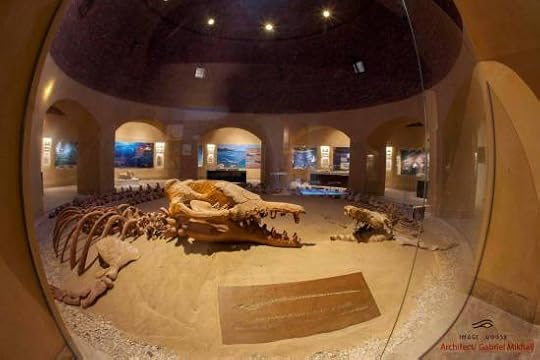
Filed under: Egypt News - Environment & Egyptology








January 10, 2016
Metropolitan Musuem of Art & the AUC Press Nature Foldouts!

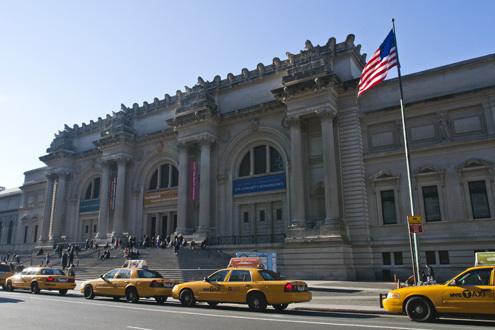 Fantastic news and a great start to the new year! Last time I was in New York (September 2014) and at The Metropolitan Museum of Art, I was ambitious to see the Nature Foldouts in the museum bookstore, but it seemed impossible. Today I found out they are indeed selling in the store! Thank you Nigel and AUC Press! And thank you Met!
Fantastic news and a great start to the new year! Last time I was in New York (September 2014) and at The Metropolitan Museum of Art, I was ambitious to see the Nature Foldouts in the museum bookstore, but it seemed impossible. Today I found out they are indeed selling in the store! Thank you Nigel and AUC Press! And thank you Met!
Filed under: AUC Press Nature Foldout News Updates








December 16, 2015
New Books: Egypt’s Wildlife Past and Present, in English and Arabic! Coming soon…
Just arrived on the publisher’s desk: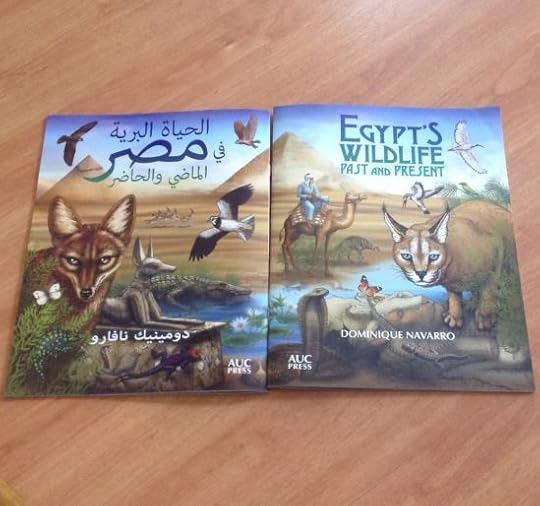
Egypt’s Wildlife Past and Present, in English and Arabic coming soon (and hitting AUC Press bookstores next week!) More information to come!
Filed under: AUC Press Nature Foldout News Updates








December 15, 2015
Egyptologist Salima Ikram’s Seminar & New Book
http://www.aucpress.com/t-newsitem.aspx?NewsID=346
Last month Dr. Salima Ikram, professor of Egyptology at the American University in Cairo, spoke about her academic career and fascinating work as an Egyptologist on mummification and burial practices in Ancient Egypt, during a seminar co-organized and hosted by the Community Services Association, in Cairo.
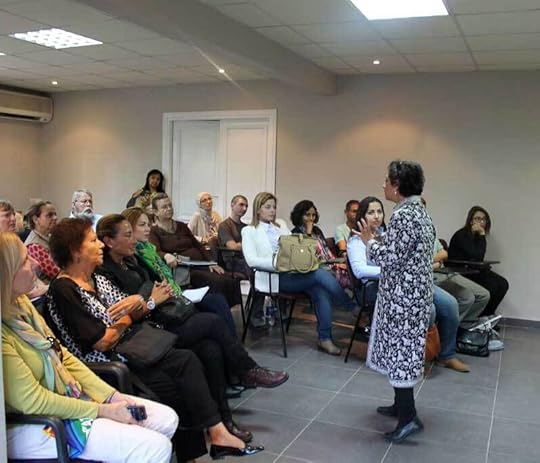 Dr. Ikram is the author of Death and Burial in Ancient Egypt and the editor of Divine Creatures: Animal Mummies in Ancient Egypt (both AUC Press, 2015).
Dr. Ikram is the author of Death and Burial in Ancient Egypt and the editor of Divine Creatures: Animal Mummies in Ancient Egypt (both AUC Press, 2015).
Here are excerpts from her talk:
“A lot of people who are my age, or in my generation of archaeology, were inspired by Indiana Jones, but he is a Jones come lately! I decided to do archaeology or history when I was about eight, because of the books I had seen on the subject, and when I was nine and a half, my family and I came to Egypt.
“We went into the Great Pyramids and it was the most amazing space. Then we went to the Cairo Museum and there were the statues of Rahotep and Nofret who looked alive, and then I just thought, ‘these are my people, this is what I’m going to be doing.’ To cement the whole thing, there was Tutankhamun, who was nine-ish and I was nine, so it was clearly meant to be.
“But even before that trip I already liked the Egyptians and I liked the Minoans.
“So I decided I would be an archaeologist, and I told my parents. Their response was ‘Oh, how nice, you’re interested,’ and they kept bringing me back to Egypt and buying me books and being very enthusiastic until I went to college, and then they said, ‘What are you going to major in?’ and I looked at them blankly and replied, ‘You know my choice, I’m going to do archaeology.’ They were a bit horrified, but they eventually got over it. I double-majored at Bryn Mawr in archaeology and history, and then I came to Cairo for a year abroad at the AUC. I then trotted off to Cambridge (England) and studied archaeology and went on to be an Egyptologist, as it were. I think that, as with quite a few Egyptologists, what happens is we get bitten by the bug and then never grow up, while other people do. They become lawyers, doctors, bankers, or publishers, and we just remain in our juvenile stages of extreme excitement playing with the dirt.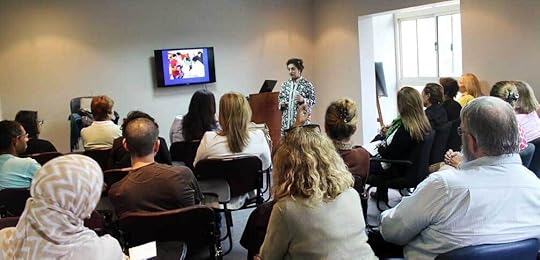
“A lot of people think that it must be dreadful and hard being a woman Egyptologist in a Muslim country, or predominantly Muslim country. Well, looking around at what my friends go through in American academia, and maybe I am fortunate at AUC, but here at Cairo University, at Ain Shams, there are well-known woman scholars in Egyptology, both in philology as well as working on excavations. I myself, when I was a student at Bryn Mawr in the States, had Machteld Mellink as an example of a field archaeologist. I was lucky to have all these amazing women who were notable archaeologists. When I came to Egypt there was Fayza Haikal. In fact I feel that here in Egypt, one has a lot of women archaeologists, Egyptologists, in positions of responsibility and power. Sometimes there are issues with male colleagues or male workers, but I think it depends on how one addresses them, and I think that on certain levels there is less sexism in Egypt than there is in the West. Also I think that in the government sector, there will be equal pay for equal positions, regardless of gender, which we do not always find in the States, and certainly not in universities where there seems to be gender inequality issues.
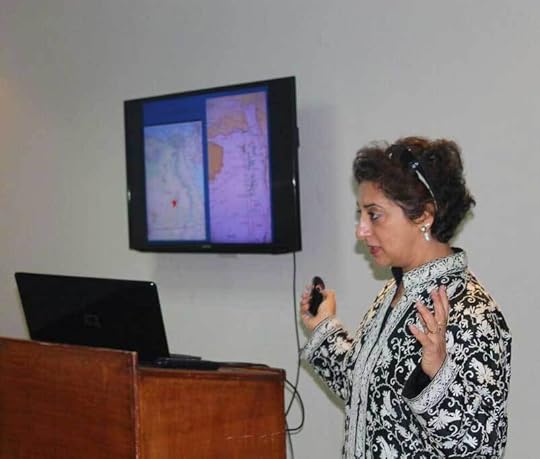 “Having said all this, it is hard to be an Egyptologist. Graduate schools are increasingly taking fewer people, which I think is right. There are fewer and fewer jobs in the field, and I tell my students you always need a second string to your bow. You need to have something else that you are doing in addition to straight Egyptology, if you’re going to be successful. It is a rough field and not easy to get jobs. I think here in Egypt, however, it is easier, but then you have to have a realistic expectation of your pay scale. But there are compensations.
“Having said all this, it is hard to be an Egyptologist. Graduate schools are increasingly taking fewer people, which I think is right. There are fewer and fewer jobs in the field, and I tell my students you always need a second string to your bow. You need to have something else that you are doing in addition to straight Egyptology, if you’re going to be successful. It is a rough field and not easy to get jobs. I think here in Egypt, however, it is easier, but then you have to have a realistic expectation of your pay scale. But there are compensations.
“Over the years I have been lucky enough to work basically from Alexandria to Aswan, either on on other people’s projects or directing my own project in Kharga and working as field director for the Valley of the Kings KV63 and KV10 projects. It has been quite fabulous and afforded me such enjoyment! It’s a real privilege to be able to work throughout the country, in so many excavations, and to meet so many brilliant scholars, as well as to be 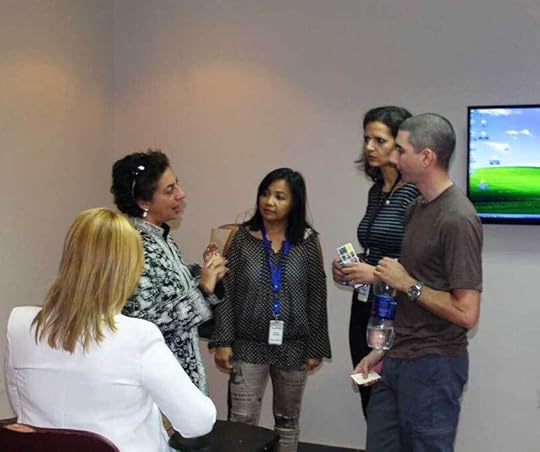 at so many marvelous sites. The Animal Mummy Room story started off when I visited Egypt as a child. Already then it was my favorite thing. When I came back as an adult to live here in 1993 I realized that that Room at Cairo’s Egyptian Museum had been shut for some time. I decided that it was time for it to have a renaissance. For me it is one of the most fascinating rooms in the museum. I am quite happy that the work that I had carried out on animal mummies has brought them into prominence. It built upon that of people in the late 19th century, early 20th century, and Dieter Kessler in the 1970s. Today I believe there are three exhibitions on animal mummies that are ongoing, which is quite extraordinary for an arterfact type that has been ignored for a long time. So yes it’s been wonderful!”
at so many marvelous sites. The Animal Mummy Room story started off when I visited Egypt as a child. Already then it was my favorite thing. When I came back as an adult to live here in 1993 I realized that that Room at Cairo’s Egyptian Museum had been shut for some time. I decided that it was time for it to have a renaissance. For me it is one of the most fascinating rooms in the museum. I am quite happy that the work that I had carried out on animal mummies has brought them into prominence. It built upon that of people in the late 19th century, early 20th century, and Dieter Kessler in the 1970s. Today I believe there are three exhibitions on animal mummies that are ongoing, which is quite extraordinary for an arterfact type that has been ignored for a long time. So yes it’s been wonderful!”
Photos by CSA
December 2015
Filed under: Egypt News - Environment & Egyptology, Meet the Team!








November 1, 2015
Salima Ikram Lecture at CCS in November!
November 19
Lecture by Dr. Salima Ikram
Author of Divine Creatures: Animal Mummies in Ancient Egypt (AUC Press, forthcoming revised paperback edition)
Cairo Community Services
4 Road 21, Maadi
For a map to CSA, click here.
10:30am
Join Dr. Salima Ikram, professor of Egyptology at AUC, as she presents a seminar about her fascinating work on mummification and burial practices in Ancient Egypt, and speaks about her career as an Egyptologist working in Egypt since 1986.
After her talk she will be available for a book signing. Her most recent books are “Death and Burial in Ancient Egypt” (AUC Press, 2015, paperback edition) and “Divine Creatures: Animal Mummies in Ancient Egypt” (AUC Press, 2015 – updated paperback edition), which can be purchased from the AUC Bookstore at CSA.
Limited seating. To confirm attendance, please RSVP at auc.press@aucegypt.edu
https://www.facebook.com/events/441516362707700/
Filed under: AUC Press Nature Foldout News Updates, Egypt News - Environment & Egyptology, Meet the Team!, Related Stories








October 30, 2015
Salima Ikram Lecture at CCS in November!
November 19
Lecture by Dr. Salima Ikram
Author of Divine Creatures: Animal Mummies in Ancient Egypt (AUC Press, forthcoming revised paperback edition)
Cairo Community Services
4 Road 21, Maadi
For a map to CSA, click here.
10:30am
Join Dr. Salima Ikram, professor of Egyptology at AUC, as she presents a seminar about her fascinating work on mummification and burial practices in Ancient Egypt, and speaks about her career as an Egyptologist working in Egypt since 1986.
After her talk she will be available for a book signing. Her most recent books are “Death and Burial in Ancient Egypt” (AUC Press, 2015, paperback edition) and “Divine Creatures: Animal Mummies in Ancient Egypt” (AUC Press, 2015 – updated paperback edition), which can be purchased from the AUC Bookstore at CSA.
Limited seating. To confirm attendance, please RSVP at auc.press@aucegypt.edu
Filed under: Egypt News - Environment & Egyptology









